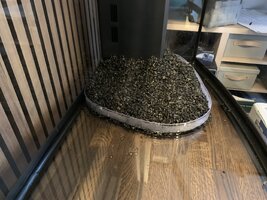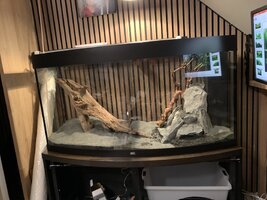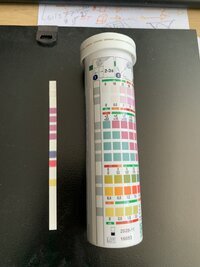JohnCooke
Member
Agree with your point about the silica sand. It's a flexible substrate; can be made more fertile with root tabs, or, obviously, can be made more parsimonious by withholding them.
Outzen - you've been very thoughtful in your planning and your fish possibilities are very attractive. I would suggest a note of caution about 3 of your possibilities. The Hillstream loaches might not suit what will not be a fast-flow river-type tank. In addition, my own [admittedly ancient] experience with Serpae tetras has not been good. Yes, lots of them together may focus their natural boisterousness on themselves, but they may nevertheless become a nuisance. The other tetras you're interested in may be a better bet. Lastly, [and then I'll stop being a wet blanket!] the sharks can sometimes become more aggressive than you'd like. As I say, this is my own experience; others here may have serpaes and sharks with sheep-like temperaments!
Outzen - you've been very thoughtful in your planning and your fish possibilities are very attractive. I would suggest a note of caution about 3 of your possibilities. The Hillstream loaches might not suit what will not be a fast-flow river-type tank. In addition, my own [admittedly ancient] experience with Serpae tetras has not been good. Yes, lots of them together may focus their natural boisterousness on themselves, but they may nevertheless become a nuisance. The other tetras you're interested in may be a better bet. Lastly, [and then I'll stop being a wet blanket!] the sharks can sometimes become more aggressive than you'd like. As I say, this is my own experience; others here may have serpaes and sharks with sheep-like temperaments!


















